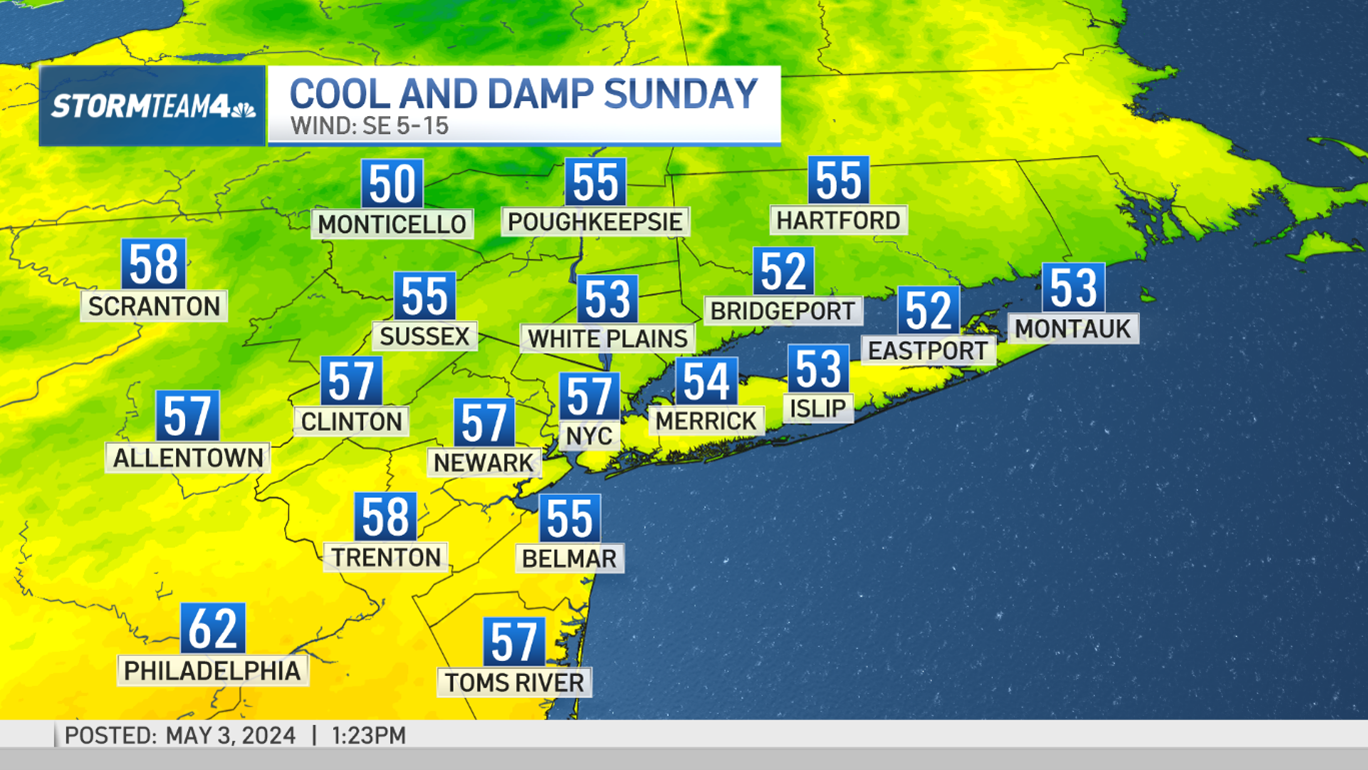
This story was originally published on April 5, 2019 by THE CITY.
People in East Harlem know there’s a new train coming – eventually.
They know about the train stops planned on Second Avenue at 106th and 116th streets, with another at 125th Street and Lexington.
But what many residents are just starting to realize is that preliminary MTA plans to build those new Second Avenue stations require taking over dozens of properties and displacing hundreds of people along the Q train’s future path.
The exact number of properties and displacements is up in the air, as is the future of the project. When asked when construction may begin, the MTA points out the project still needs billions in funding to start in earnest. And the Trump administration has included zero dollars for the project in this year’s budget.
Despite that uncertainty, the MTA has begun preparing for possible construction — while keeping many of the people who could be directly affected by it in the dark about what, if anything, they can plan on.
Local
There are as many as 41 properties that may be seized by eminent domain to make way for the second phase of the Second Avenue subway, according to plans in the MTA’s latest environmental assessment of the project.
On the 23rd page of the sixth section of the 230-page document (which got federal approval in November), the MTA’s plan is laid out in black and white: The subway construction is slated to permanently displace 505 workers and 140 residential tenants.
That far eclipses the seven property seizures and 56 residential tenants displaced in the first phase of the Second Avenue Subway on the Upper East Side — and triples what the MTA estimated in a preliminary plan for the East Harlem portion of the train project in 2004.
The properties slated to be partially or fully taken by the MTA are diverse, from large development lots on East 125th Street to hair salons, bodegas and small apartment buildings farther south.
‘Lived Here All Our Life’
Among them is 2128 Second Ave., a four-story brick building owned by Carlos Hernandez Jr., a longtime East Harlem resident who inherited the property from his father, who bought the place in 1981, deeds show.
Hernandez, 60, said the thought of selling the building is emotional for him because his family “lived here all our life.”
But Hernandez is in treatment for cancer of the thyroid and lymph nodes, and cashing out and leaving is precisely what he’s trying to do. If it were up to him, he told THE CITY after a recent surgery, he’d have sold already and moved to North Carolina to be closer to his 83-year-old mother.
Yet because of the MTA’s plans, Hernandez is stuck. He doesn’t know if or when the agency would buy him out, and he’s having a hard time finding a buyer because investors interested in the building get spooked “once they find out about the MTA.”
“For me, personally, it’s affected me big time,” he said. “Physically and mentally, it’s bothering me.”
Getting more specifics from transit officials has been tough, he said. One MTA representative told his real estate broker a final design with a concrete list of property condemnations was “imminent” — while another said in an email that the MTA couldn’t project “with any degree of certainty, if we will need to acquire your client’s property at this time.”
Should They Stay or Go?
Next door, Julian Hoyos is trying to plan for the future, too. His family’s restaurant, Cascalote Latin Bistro, has been open for five years after he, his wife and their three daughters used most of their savings — more than $200,000, he said — to gut renovate the ground-floor space. Now, the Hoyos are staring at a lease that’s up in two years. Should they stay and roll the dice with the MTA, or leave now?
“I don’t want to go out of business with nothing,” he said, prepping ingredients in the restaurant’s tidy kitchen.
He has heard commercial tenants are entitled to compensation. He is correct – federal eminent domain rules requires the state to reimburse losses caused by moving the business, among other things. But he hasn’t heard any details from the MTA.
“They haven’t said anything,” he said.
In fact, the only reason the Hoyos knew they’re on the map of potential property seizures is because a friend heard about it at a community board meeting.
“I was pissed off,” said Julian’s 28-year-old daughter, Nereyda. “I was like, ‘What? What do you mean?’ I thought we weren’t going to be affected at all because the station was going to be on 106th.”
Officially, the MTA says any relocations are “years away” and could be fewer than what’s listed in the environmental assessment documents, according to Janno Lieber, the authority’s head of Capital Construction.
In a statement to THE CITY, Lieber emphasized the benefit to the neighborhood that the new train would bring.
“This project is hugely important to the East Harlem community — the most transit-dependent neighborhood in NYC — and the residents deserve better access to jobs, education and healthcare,” he said.
Lieber contended the authority is “working extremely closely with all communities along the new route,” including communicating about the project through a storefront community information center on East 125th Street, hosting public meetings and a dozen popup “community conversations.”
Communication Gap Cited
The MTA has alerted property owners about the possibility it would take their properties in letters sent as early as May of last year, according to two such letters obtained by THE CITY. But many residents, particularly rental tenants, have heard nothing.
When told about the MTA’s plans by THE CITY, several business owners, workers and residents who work and live in the buildings targeted by the subway plans said they had never heard of the possibility that they were on the chopping block.
Cheikh Diop, 63, had not known of the plan before seeing the MTA document where his luggage and clothing shop, Touba African Store, is outlined in yellow on a map and labeled “Ancillary 1.” It’s one of four properties just north of East 115th Street slated to become a ventilation facility.
“I have nowhere to go to turn,” he said. “I have no choice.”
There is no set timeline for when construction may begin or when buildings may be seized, but those on the map should expect they’ll have to leave eventually, experts say.
“It could be six months, it could be a year, it could be more,” said attorney Michael Rikon, who specializes in eminent domain law and represented several of the property owners and tenants displaced in the first phase of the Second Avenue construction — some of whom are still arguing over settlements with the MTA.
Michael Horodniceanu, who was president of MTA’s Capital Construction division from 2008 to 2017, oversaw much of the first phase of the Second Avenue subway construction. He said if the MTA has identified a property to acquire, “people ought to expect that that will happen.”
While people in the train’s path wait on edge, the MTA has started some construction preparations, including drilling and testing soil along the route and inspection of tunnels built in the 1970s that will be used to complete the East Harlem stations. In the MTA’s latest plan, the authority says the next phase could be complete in 2029 — assuming construction starts “in mid-2019,” the environmental assessment says.
How likely is that? It’s really all about who’s going to pay for it.
“It’s a question of money,” the MTA’s Lieber said in a WNBC report on the subway from December.
Whether the Trump administration will underwrite New York’s transit projects is anyone’s guess, according to Horodniceanu.
“If you can actually predict the federal funding, probably someone will give you an award,” he said with a laugh.
Without much information to plan on, the Hoyoses at Cascalote are considering preemptively moving their restaurant.
“I usually have everything planned out,” Nereyda told THE CITY. “But the way things are going at the moment, I’m not sure what can happen.”
Additional reporting by Claudia Irizarry Aponte
This story was originally published by THE CITY, an independent, nonprofit news organization dedicated to hard-hitting reporting that serves the people of New York.



